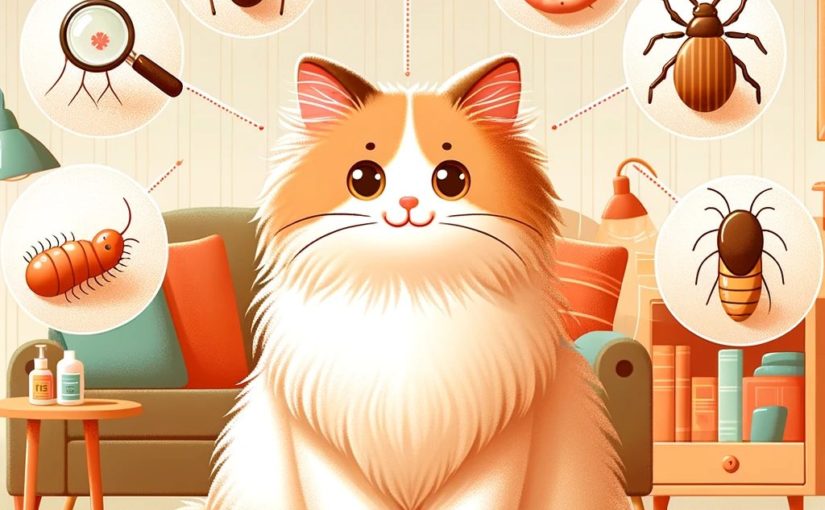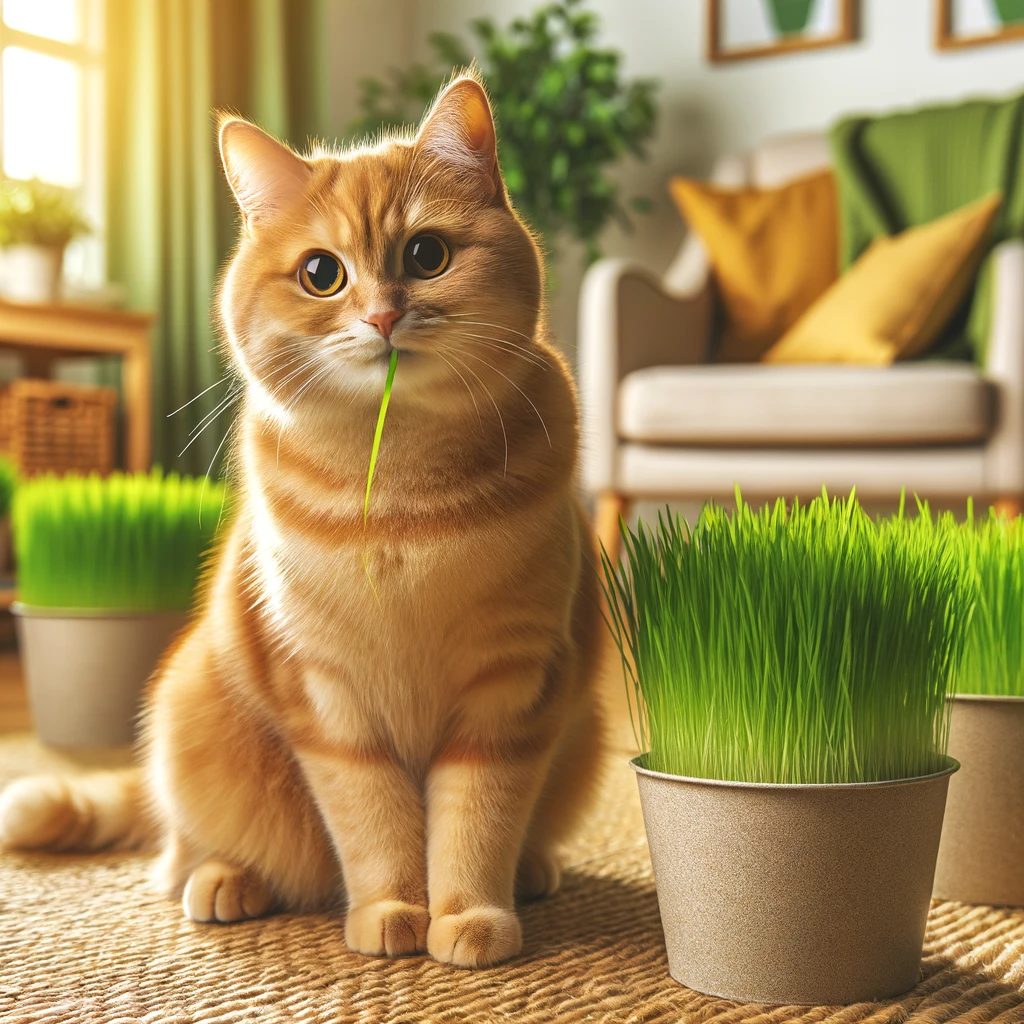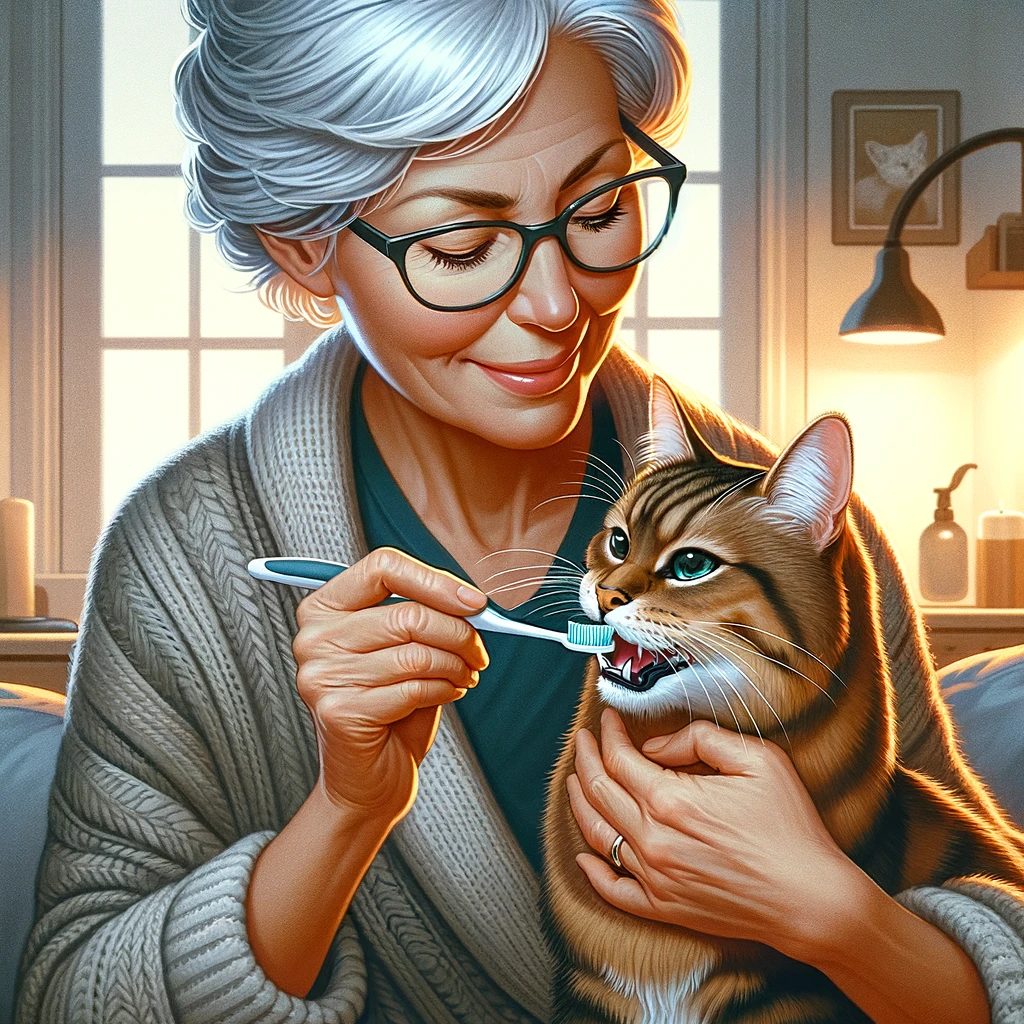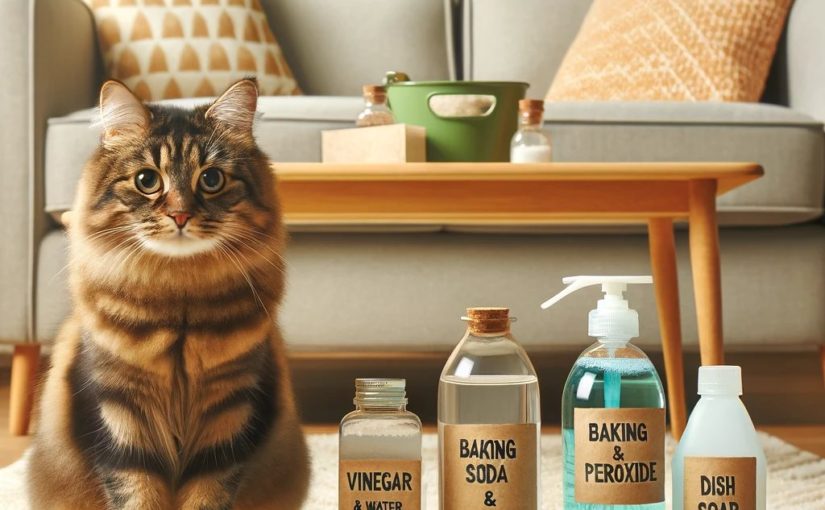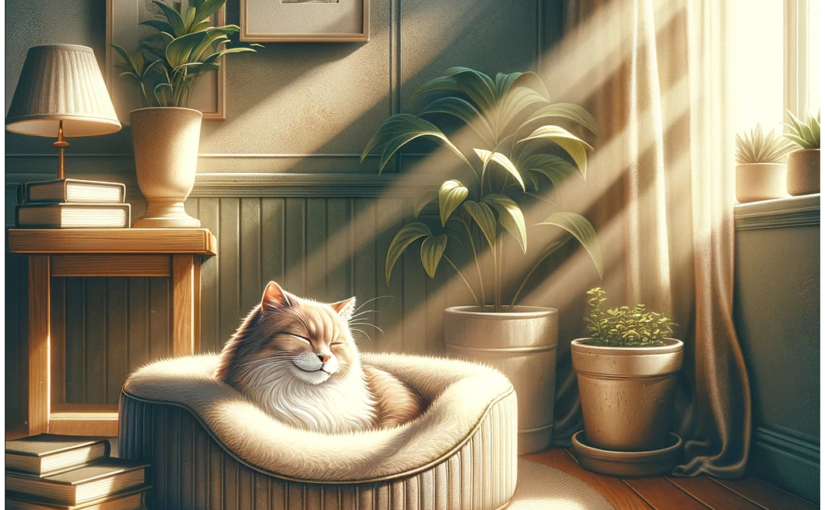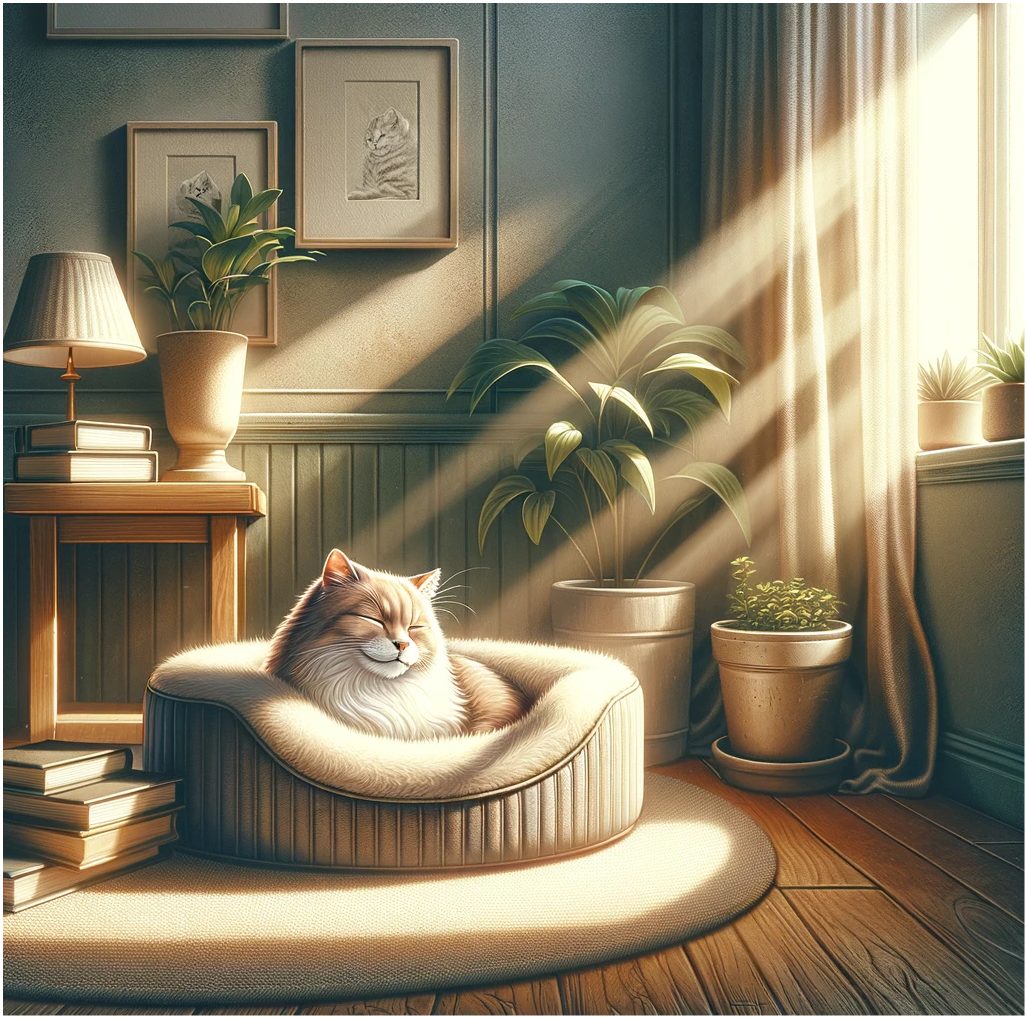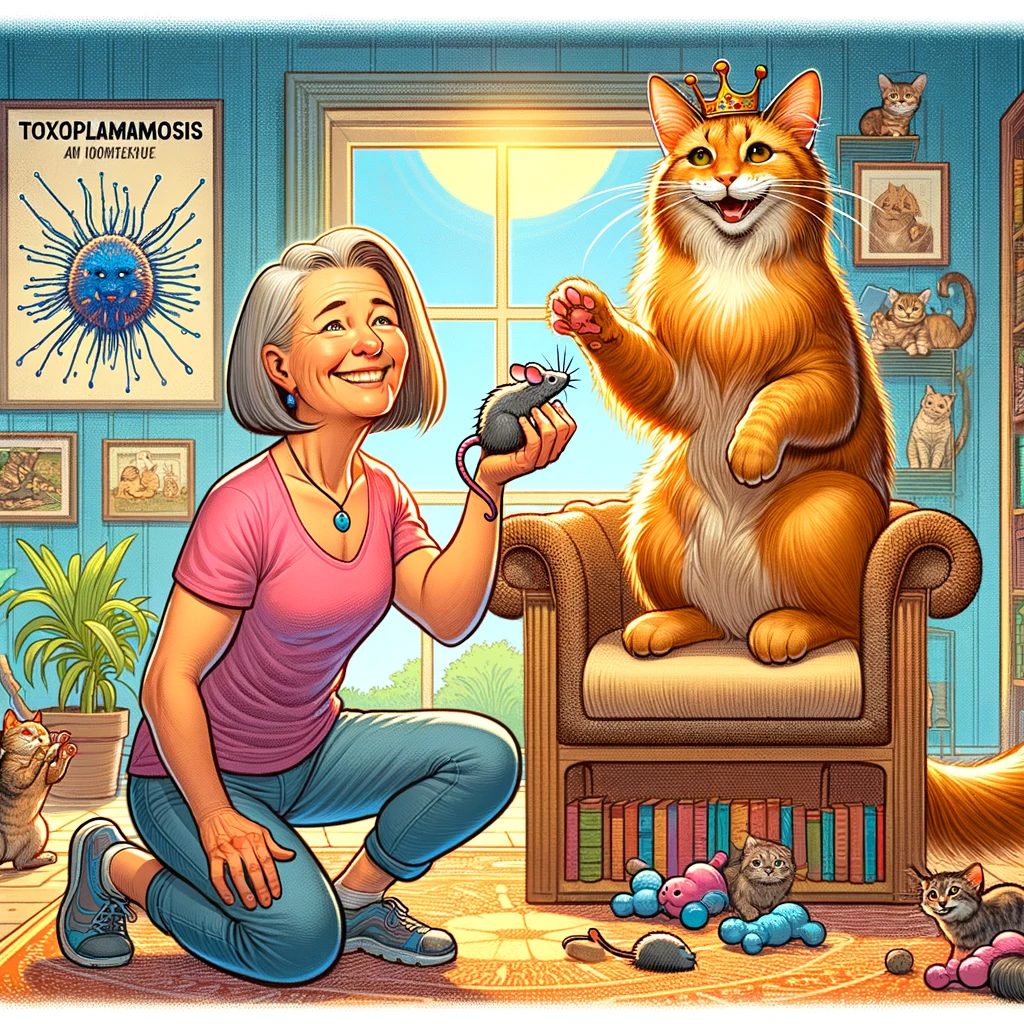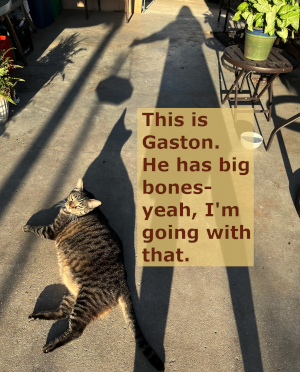
Good morning, cat lovers! Today, we’re diving into a question that puzzles many cat owners: “Why does my cat bite me?”
While these furry friends often fill our homes with warmth and love, their biting behavior can sometimes leave us confused and concerned.
Let’s unravel this feline mystery together!
1. Expressing Affection: Love Bites
Yes, biting can be a form of affection! Cats often give gentle nips or ‘love bites’ as a way to show fondness. This behavior, stemming from their kittenhood when they playfully nibbled on their siblings, is a sign of trust and closeness. However, it’s important to understand the difference between a soft love bite and an aggressive chomp. A love bite is usually gentle and doesn’t cause pain.
2. Communication: Telling You Something
Cats don’t have the luxury of words, so they use body language, including biting, to communicate. Your cat might bite to get your attention or to tell you they’re done with petting. It’s crucial to pay attention to their body language. If your cat’s ears are flat or their tail is twitching, it might be time to give them some space.
3. Playful Behavior: Getting Carried Away
Cats, especially kittens, learn and explore their world through play. Biting is a natural part of this process. However, they might not realize that their playful bites can be painful. Encouraging gentle play and providing appropriate toys can help redirect this behavior.
4. Overstimulation: Too Much of a Good Thing
Cats can get overstimulated during petting or play, leading to biting. This ‘petting-induced aggression’ happens when the cat becomes irritated by too much handling. The key is to notice when your cat starts showing signs of discomfort and to stop petting them before they resort to biting.
5. Fear or Self-Defense: Protecting Themselves
Sometimes, biting is a defensive action. If a cat feels threatened or scared, they might bite to protect themselves. This can occur in unfamiliar situations, with new people, or when they feel trapped.
6. Pain or Discomfort: A Sign of Health Issues
If your cat suddenly starts biting when they’ve never done so before, it could indicate pain or discomfort. Dental problems, arthritis, or other health issues can cause a cat to become irritable and lash out. A visit to the vet can rule out or confirm any health concerns.
7. Territorial Behavior: Marking Their Domain
Cats are territorial animals and might bite to assert dominance or establish their territory, especially in a multi-pet household. Understanding feline hierarchies and providing separate resources for each cat can help reduce territorial biting.
Tips to Reduce Biting
- Understand Cat Language: Learn to read your cat’s body language to avoid situations that could lead to biting.
- Provide Plenty of Toys: Ensure your cat has enough toys to bite and play with, redirecting their biting behavior from you to their toys.
- Avoid Punishment: Never punish your cat for biting, as this can lead to fear and further aggression.
- Regular Vet Check-ups: Ensure your cat is healthy and pain-free, as health issues can contribute to biting behavior.
In conclusion, cat biting can stem from various reasons, from affection and playfulness to fear and discomfort. Understanding these signals can deepen the bond between you and your feline friend, ensuring a harmonious coexistence. Remember, patience and understanding are key to interpreting and responding to your cat’s unique way of communicating.
For more insights into cat behavior and care, stay tuned to Home With Cats. Your go-to blog for all things feline!


